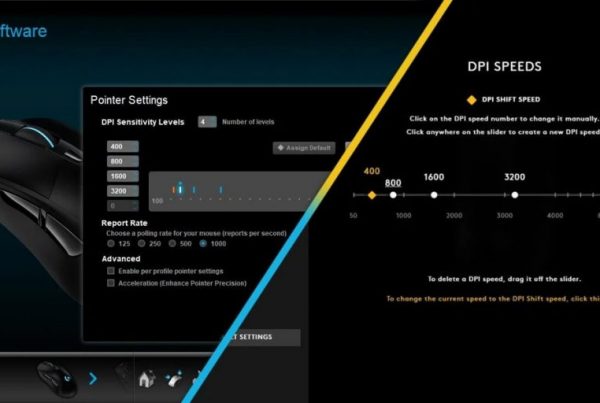Site clinic refers to a thorough examination of the web portal to find errors in search engine optimization and discover potential for improvement.
Basic exams
As part of a site clinic, professionals are usually asked to analyze websites in connection with their technical aspects and structure. Gross search engine optimization errors are examined and discovered in the first step. A large number of individual criteria must be examined to get a broad view of the architecture of a web portal. Points of interest include:
- the URL structure,
- breadcrumbs,
- the robots.txt file,
- Google sitemaps,
- canonical labels,
- forwarding,
- number of directories,
- loading times and
- the length of the URLs.
Site Clinic in depth
At the same time as this fundamental examination, even more in-depth examinations are carried out. In particular, title tags and meta descriptions play an important role in search engine optimization. For this reason, the site clinic checks if the metadata appears in the required locations, if it is unique, and is the correct length. Link structure is also very important for search engine optimization. A site clinic checks for a meaningful and natural link structure that is uniformly composed of internal and external links, dofollow and nofollow links, trust links, and other types of links. The anchor texts used, the meta tags and the relevant title attributes for search engines can also be tested.
Content is increasingly important in positioning, which is why part of a clinic site is also dedicated to the field of text quality. It is not just about added value for readers, which is supported by good text structure and readability, but also about meaningful use of keywords, sufficient text length and the use of rich snippets. It also checks for duplicate content, such as the availability of a text from various URLs or copies from other sites.
Other areas that are analyzed in a site within a clinic site are:
- Source code (such as bug-free CSS and source code, use of Flash or frames, empty ALT attributes)
- OffPage analysis (such as backlink profile, deep links, social signals)
- Navigation (for example, navigation without JavaScript, navigation with breadcrumb, distance of unimportant navigation points)
- Research in the Google Search Console (for example, URL parameters, site errors, search queries, duplicate rankings, blocked URLs, XML sitemaps).
Result of an on-site clinic site
A list of focus points for web portal improvement will be created after a clinic site has been completed. The measures to be adopted must be derived from this. Prioritization is advisable to carry out the most important and urgent tasks first. Working through this catalog of actions, the ranking of a web portal in the SERPs can be improved in the long term. Once the measures have been implemented, a site clinic should once again be held in place to establish whether their efforts have been successful.
Relevance for SEO
Site clinic is always the first step in search engine optimization when it comes to improving the positioning of a website in search engines. As long as major technical errors in the page structure are not fixed, other SEO measures can only have limited success. Even if a website is already well positioned, the site clinic should be held regularly. This ensures that even after changing the search engine algorithms, all the prerequisites for success remain.
Web Links






